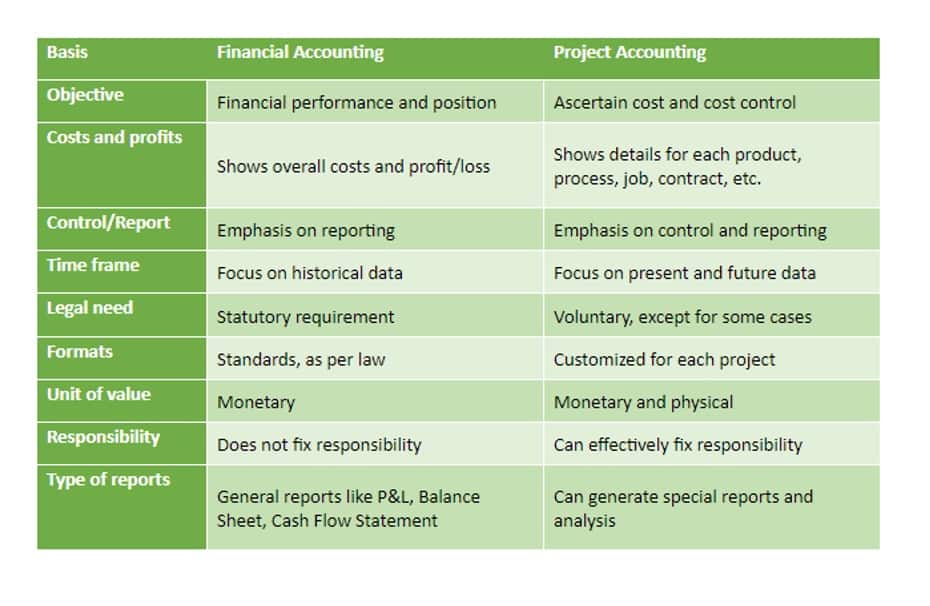Mark to Market MTM: What It Means in Accounting, Finance & Investing

In sectors such as retail and manufacturing, companies have most of their value in long-term assets such as equipment (PPE), properties, plant, and assets that fall under inventory accounting and accounts receivable. The correction in value is expressed through impairment as circumstances require. Mark to market losses can be amplified during a financial crisis when it’s difficult to accurately determine the fair market value of an asset or security. When the stock market crashed, for instance, in 1929, banks were moved to devalue assets based on mark to market accounting rules. This helped turn what could have been a temporary recession into the Great Depression, one of the most significant economic events in stock market history.

The Role of Mark-to-Market in Financial Crises
- As long as proper controls and transparency measures are in place, mark-to-market is widely accepted.
- The mark-to-market method in accounting values assets based on momentary market conditions, also known as fair value.
- Companies can face significant losses if the market value of their assets declines sharply.
- IFRS 13 standardizes the definition of fair value and establishes a hierarchy of inputs used in valuation techniques, ranging from observable market data to unobservable inputs.
- This approach provides a more accurate reflection of a company’s financial position, especially in industries with fluctuating market values like finance and investments.
In 2009, however, the Financial Accounting Standards Board (FASB) approved new guidelines that allow for the valuation to be based on a price that would be received in an orderly market rather than through a forced liquidation. FAS 157 only applies when another accounting rule requires or permits a fair value measure for that item. While FAS 157 does not introduce any new requirements mandating the use of fair value, the definition as outlined does introduce certain important differences. He sits on the board of directors for several companies and was recently appointed to the local board of Entrepreneurs’ Organization, a worldwide association of owners of successful businesses. Receive a detailed risk assessment to assist in lowering problem areas that could wipe out all of your assets with one wrong move. Speak with an Anderson Professional Advisor to get your FREE Strategy Session.
- While it has its benefits, including providing a more accurate picture of an organization’s financial performance, it also has significant drawbacks, such as exaggeration of losses and profits.
- Same as unrealized gain, these unrealized losses are also potential losses, which means that the loss is not final yet.
- While every business and organization relies on assets, their value fluctuates over time, often subjected to market volatility, especially in the case of financial instruments.
- Hence, ‘fair’ value approach is adopted when measuring these accounts (assets and liabilities).
- The mark-to-market valuation is an accounting method that values assets and liabilities at their current market values rather than historical costs.
Can You Mark Assets to Market?
- The amount of value gained or lost in the futures contract at the end of the day is reflected in the values of the accounts belonging to the short and long trader.
- If a lender makes a loan, it ought to account for the possibility that the borrower will default.
- The optimal approach likely combines elements of MTM and alternatives to balance prudence, transparency, and stability.
- Though MTM accounting is the reason why the Enron scandal erupted in the 2000s, US GAAP still uses it today as an accounting method for assets that are directly affected by current market conditions.
- Care One’s arguments follow the trend over the past several years of employers increasingly questioning the authority of ALJs to adjudicate their labor and employment claims before administrative agencies….
- Mark to market accounting seeks to determine the real value of assets based on what they could be sold for right now.
In addition, Toby was the past director and host of the longest-running local business radio program on KNUU in Las Vegas “The BOSS Business Brief”. He has helped Anderson grow its practice from one of business and estate planning to cash flow a thriving tax practice and national registered agent service with more than 18,000 clients.

Explaining Mark-to-Market Valuation and Its Purpose
When a company seeks a loan, this method can determine the borrower’s current financial health. For instance, if a retail chain asks for a $1 million loan to establish a new location, looking at the historical value of its assets might be a dangerous route. Suppose they paid $600,000 to develop their current location five years ago.

Are forwards marked to market?

Our team will use its expertise is mark to market accounting legal to create a tax plan that supports the goals of your business for many years to come. Returning to the same catering company from earlier, say they went to a lender seeking a $5 million loan to open a larger food processing plant to expand into prepackaged frozen meals. A bank could look at the assets of the company and see that they paid $500k to establish their current location. This would be a dangerously inflated number when it comes to determining how much collectible collateral the potential lender has because of the wear and tear on their equipment, which has resulted in a $150k depreciation. The concept of mark-to-market (MTM) accounting has been a topic of controversy in the financial world for several years.
The 2008 Financial Crisis

To make sure this information is available, the counterparties will typically use MTM on a regular basis, repricing their contract based on the latest available market information. For example, take the case of a publicly traded company that holds stocks and bonds. Mark to market accounting is an accounting technique used for financial instruments that derive its value from active markets or other observable outputs. US https://www.bookstime.com/ GAAP is strict regarding the use of MTM accounting that it limits it only to stocks, bonds, and derivatives. Companies aren’t permitted to use MTM accounting for long-term fixed assets and intangible assets.
